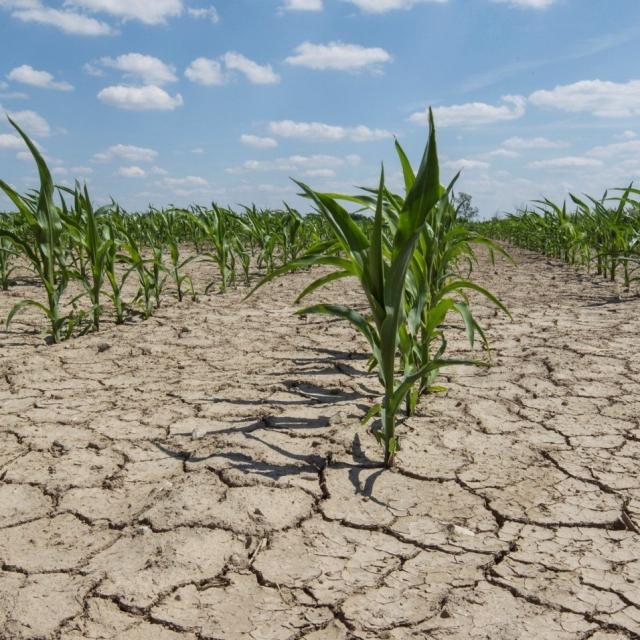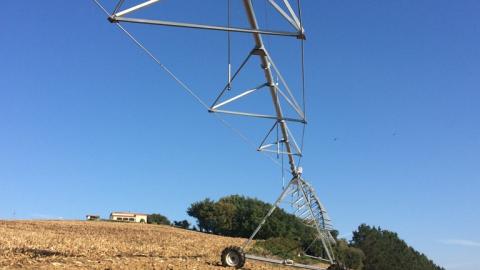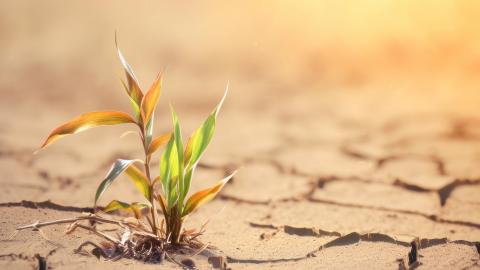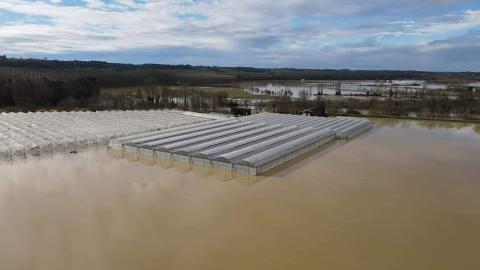These droughts, floods, storms, tsunamis, forest fires, plagues of insects and epidemics are now occurring three times more often than 50 years ago, “with profound consequences for the planet’s food security”, warns the FAO.

An extensive report of the United Nation’s Food and Agriculture Organisation (FAO), published on Thursday 18th March 2021, highlighted that the frequency, intensity and complexity of the events has “had a devastating impact on all sectors of agriculture”.
One-quarter of the economic impact of climate-related disasters directly affects the agriculture sectors
The annual number of natural disasters is more than three times greater than it was in the 1970s and 1980s. In the low- and middle-income countries, “agriculture absorbed a quarter (26%) of the economic impact of the disasters between 2008 and 2018”, Dominique Burgeon, Director of FAO’s emergency and rehabilitation division, explained to AFP.
"That represented $108.5 billion in lost crop and animal production during this period", he said. "These economic losses can have a devastating effect on the lives of people", notes this official, who points out that "more than 2 billion people depend on the agricultural sector for their subsistence".
A decade of worsening disasters
The previous edition of this report on "The impact of disasters and crises on agriculture and food security" was published in 2017 and the situation has still not got any better….
The year 2020, "which caps a decade of exacerbated disasters, global warming, retreating glaciers and rising sea levels", has also had to face "new challenges":
The impact of Covid-19
The Covid-19 pandemic disrupted the food chains while some regions suffered record flooding and large swarms of desert locusts ravaged crops and pastures in several countries of Africa, the Arabian Peninsula and South-east Asia, says the Rome-based organization.
One of the chapters in the report, which focuses on the period 2008-2018,touches upon the impact of Covid-19, detected for the first time in China in late-2019. It has resulted in “farmers experiencing reduced access to inputs, labour and agricultural land, leading to a loss in production, reduced household incomes and a decline in nutrition”, commented Dominique Burgeon, pointing out that the situation varies considerably from one part of the world to the other.
Investing in prevention
With this report, the FAO seeks to help the international community identify areas in which it should invest to reduce disaster risks and strengthen the “resilience” of the agricultural systems.
Several types of actions could be taken, such as creating early warning systems or putting in place disaster-response measures, for example, said Dominique Burgeon.
« The international community must invest more, particularly in prevention”, he considers. “We spend far more money on responding to disasters once they have happened. A strategy of investing beforehand could be more effective”.
Between 2004 and 2016, only 3% of the total official development assistance (ODA) sent to developing countries and countries in transition was devoted to measures related to agricultureandfocused on reducing the risks of disaster, he says.
Young people and smallholders at the UN “presummit”
The UN is preparing a Food Systems Summit to be held in September at the time of the United Nations General Assembly in New York, as part of the Decade of Action to Achieve the Sustainable Development Goals by 2030.
A "pre-summit rally" will be held from 19th to 21st July in Rome, according to a communiqué released by the UN on Wednesday. “It will bring together young people, smallholder farmers, indigenous people, researchers, the private sector, policy leaders and ministers of agriculture, environment, health and finance.
“This will be a key moment for mobilizing the bold commitments that we need to undertake,” stated the Secretary-General of the United Nations, António Guterres, in a communiqué.This event should take place face-to-face for some of the participants and on a virtual platform for others.



